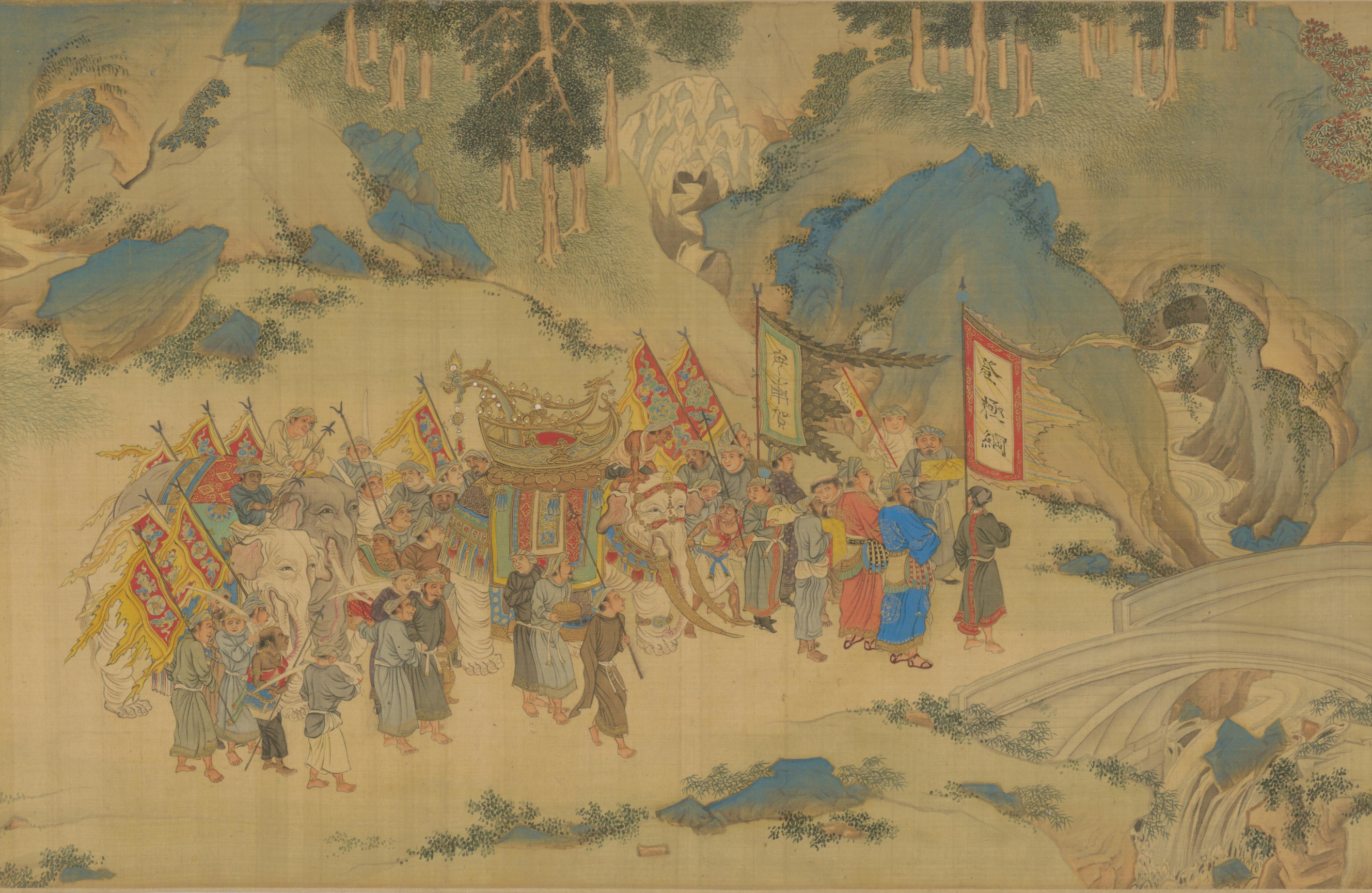
Lý dynasty
Northern Vietnam, VietnamWhen the king Lê Long Đĩnh died in 1009, a palace guard commander named Lý Công Uẩn was nominated by the court to take over the throne, and founded the Lý dynasty.[133] This event is regarded as the beginning of another golden era in Vietnamese history, with the following dynasties inheriting the Lý dynasty's prosperity and doing much to maintain and expand it. The way Lý Công Uẩn ascended to the throne was rather uncommon in Vietnamese history. As a high-ranking military commander residing in the capital, he had all opportunities to seize power during the tumultuous years after Emperor Lê Hoàn's death, yet preferring not to do so out of his sense of duty. He was in a way being "elected" by the court after some debate before a consensus was reached.[134] During Lý Thánh Tông's reign, the official name of the state was changed from Đại Cồ Việt to Đại Việt, a name that would remain Vietnam's official name until the onset of the 19th century.
Domestically, while the Lý emperors were devout in their adherence to Buddhism, the influence of Confucianism from China was on the rise, with the opening of the Temple of Literature in 1070, built for the veneration of the Confucius and his disciples. Six years later in 1076, the Quốc Tử Giám (Guozijian) was established within the same complex; Initially the education was limited to the children of the emperor, the imperial family as well as mandarin and nobility, serving as Vietnam's first university institution. The first imperial examination was held in 1075 and Lê Văn Thịnh became the first Trạng Nguyên of Vietnam.
Politically, the dynasty established an administration system based on the rule of law rather than on autocratic principles. They chose the Đại La Citadel as the capital (later renamed Thăng Long and subsequently Hanoi). Ly Dynasty held onto power in part due to their economic strength, stability and general popularity among the population rather than by military means like previous dynasties. This set off a historical precedent for following dynasties, as prior to the Ly Dynasty, most Vietnamese dynasties lasted very briefly, often fall to the state of decline following the respective dynasty founder's death. Noblemen scholars such as Lê Văn Thịnh, Bùi Quốc Khái, Doãn Tử Tư, Đoàn Văn Khâm, Lý Đạo Thành, and Tô Hiến Thành made vast contributions culturally and politically, allowing the dynasty to flourish for 216 years.
